
Nail Cancer Often Overlooked: A Dark Streak Could Be a Silent Warning
A seemingly harmless dark streak under the fingernail can be an early sign of a dangerous form of melanoma. Early detection can save a life—ignoring it could cost a finger. While rare, nail cancer—especially subungual melanoma—is extremely dangerous if not diagnosed and treated promptly. Many people mistake early signs for minor trauma or fungal infections, allowing the disease to progress silently and potentially metastasize. Recognizing abnormal nail changes is a crucial key to protecting your health and survival.
When Should a Nail Be a Red Flag?

A brown or black vertical stripe under the nail—especially on the thumb or big toe—is often dismissed as a bruise or minor injury. However, in rare cases, this can be an early sign of subungual melanoma, a serious form of skin cancer with high metastatic potential and mortality.
According to international medical organizations and hospitals in Vietnam, subungual melanoma accounts for approximately 0.7–3.5% of all melanoma cases worldwide. Although rare, late-stage detection carries a poor prognosis, with a 5-year survival rate dropping to 15–20% once the cancer has spread.
How to Distinguish from Benign Nail Conditions
Several common conditions can also cause nail discoloration or deformity:
-
Nail trauma: Often causes subungual bruising, usually painful, with uniform dark color, and heals over time.
-
Fungal infections: Lead to thickened, yellow, brittle nails, but typically do not create vertical dark stripes.
-
Benign nail tumors such as onychomatricoma or onychopapilloma may cause thickened or deformed nails with white or red stripes.
However, nail cancer—especially melanoma—shows some distinct warning signs:
-
A persistent brown or black vertical stripe that doesn’t fade after weeks.
-
Uneven color with varying shades; pigment may spread to the surrounding skin (known as Hutchinson’s sign).
-
Nail separating from the nail bed, becoming brittle, painful, or bleeding.
-
No history of trauma—particularly in older adults or individuals with darker skin tones.
Types of Nail Cancer
-
Subungual Melanoma
-
The most common form of nail cancer.
-
Arises from pigment-producing cells under the nail.
-
Often mistaken for trauma or bruising, leading to delayed diagnosis.
-
-
Squamous Cell Carcinoma (SCC)
-
Presents as thickened, crusty, bleeding lesions.
-
May invade bone, causing pain and nail deformity.
-
MRI is useful to assess the extent of invasion.
-
-
Bowen Disease (Squamous Cell Carcinoma In Situ)
-
A pre-cancerous condition.
-
Appears as persistent red, scaly patches around the nail.
-
Requires biopsy for confirmation and early treatment.
-
Diagnosing Nail Cancer
To confirm whether a nail lesion is cancerous, dermatologists may perform:
-
Dermoscopy: To assess pigmentation patterns, nail edge, and spread to surrounding skin.
-
MRI of the affected finger/toe: To evaluate how deeply the lesion has invaded surrounding tissues or bone.
-
Nail biopsy: The only definitive diagnostic method, allowing differentiation between melanoma, SCC, or benign tumors.
Treatment for Nail Cancer
For subungual melanoma or SCC, surgical removal of the tumor is the primary treatment. In advanced cases, partial or full amputation of the affected finger or toe may be necessary.
If the cancer has spread, radiation therapy, chemotherapy, or immunotherapy may be required, depending on the disease stage.
For benign tumors like onychomatricoma, a simple surgical excision can restore the nail’s appearance and function.
Doctor's Advice
One of the most critical factors influencing survival is early detection:
-
Early stage (localized): 5-year survival rate is 90–95%.
-
Late stage (with metastasis): Survival drops to under 20%.
Dermatologists recommend:
-
Regularly inspect nails, especially for unusual stripes, persistent ulcers, or nail detachment not linked to trauma.
-
Avoid self-treating strange nail lesions with ointments or nail clippers—see a dermatologist or plastic surgeon for accurate diagnosis.
-
People with a family history of skin cancer or previous malignancies should pay special attention to any changes in the nails and surrounding skin.
Conclusion:
Nail cancer is a rare but serious condition often overlooked due to vague symptoms. Noticing early changes in your nails can be life-saving. If you spot anything unusual, seek medical advice promptly—your health may depend on it.
News in the same category


If Your Kidneys Are in Danger, Your Body Will Send You These 8 Signals — Don’t Ignore Them

The Surprising Effects of Avocado on Your Heart and Brain
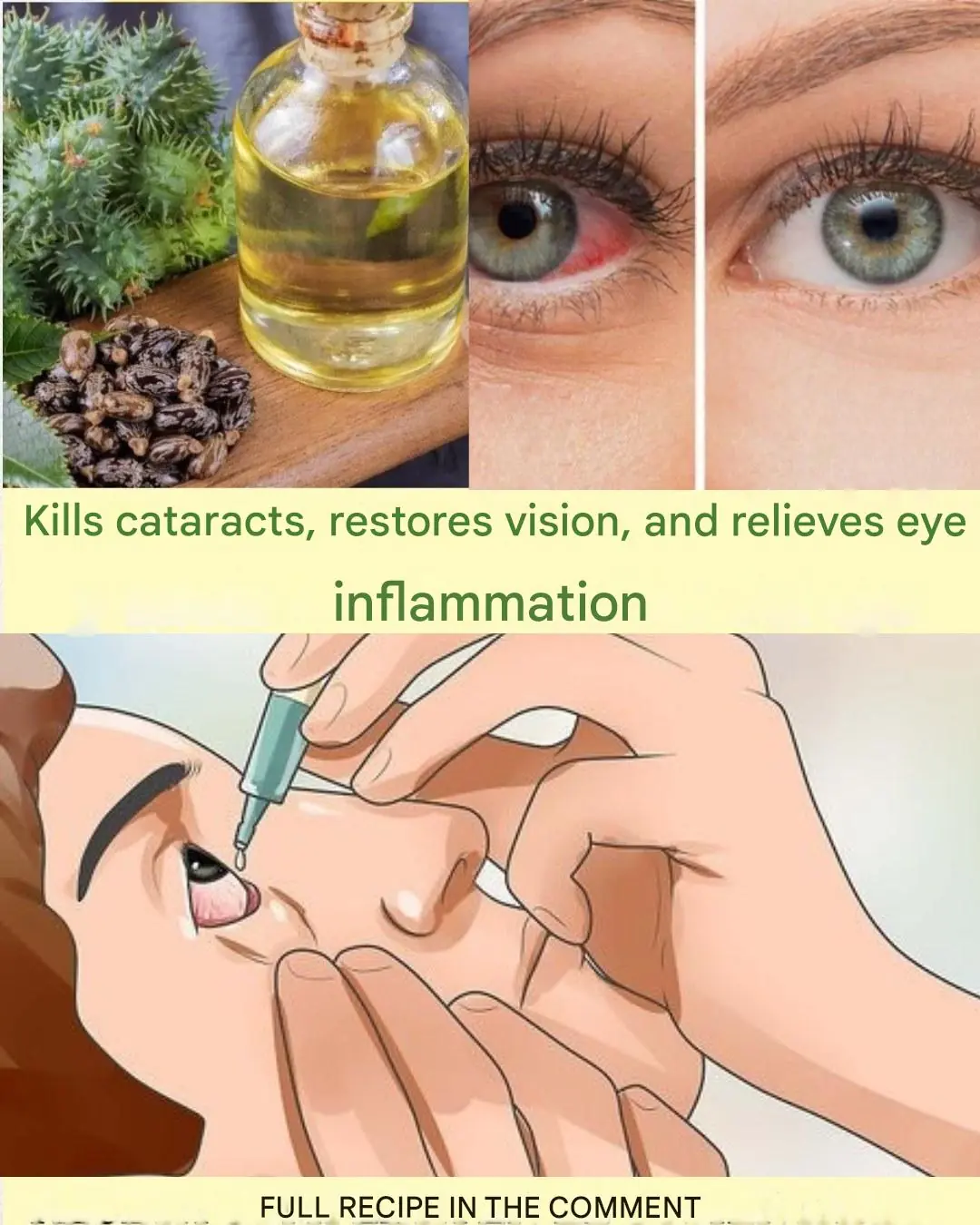
Natural Remedy for Cataracts and Eye Inflammation: Restore Your Vision Naturally

Unlock the Golden Magic of Corn Silk Tea
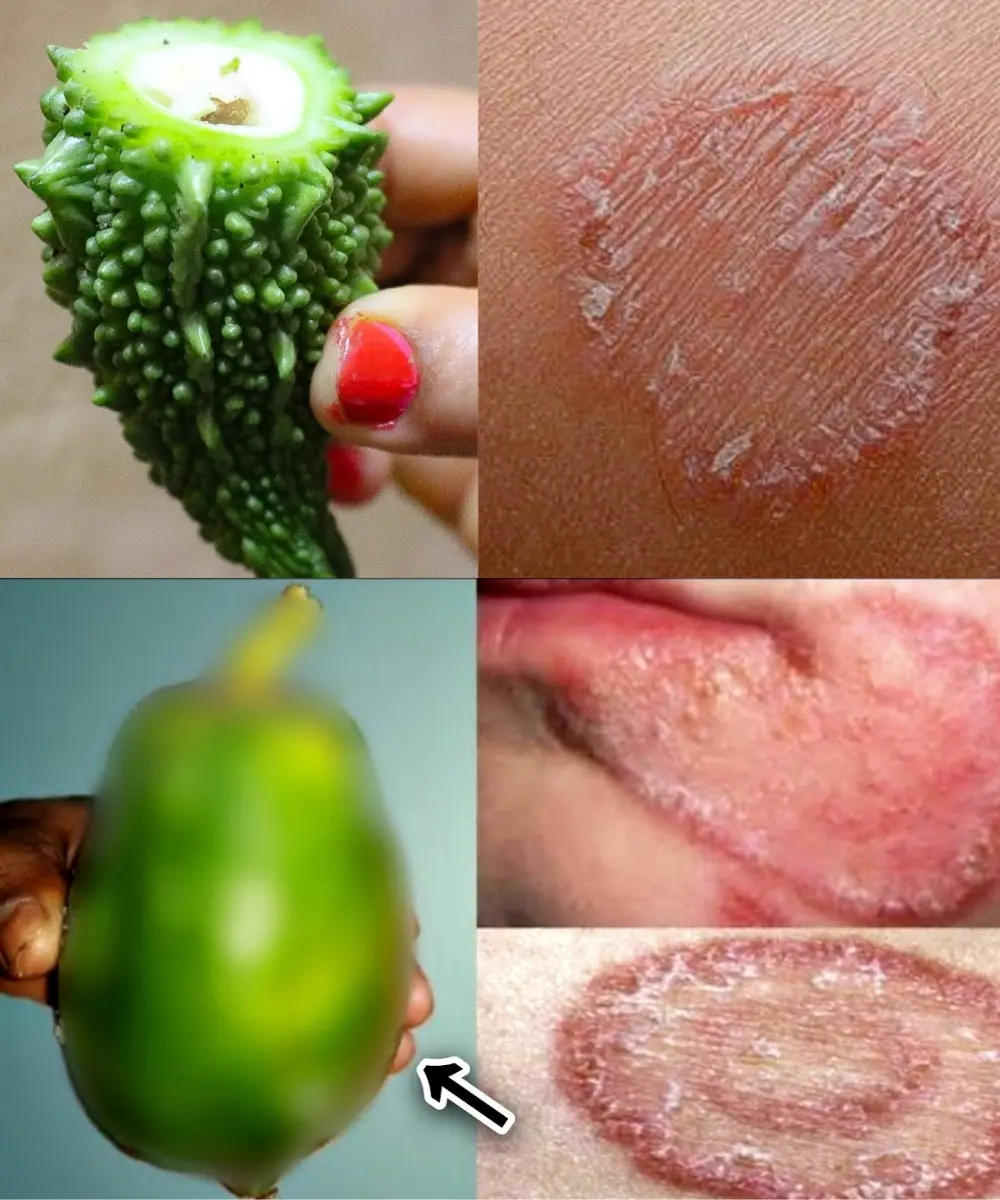
9 Powerful Home Remedies to Get Rid of Fungal Infection (Daad, Khaj, Khujli) Fast

7 Shocking Health Benefits Of Eating Sweet Potatoes Every Day — According To Science
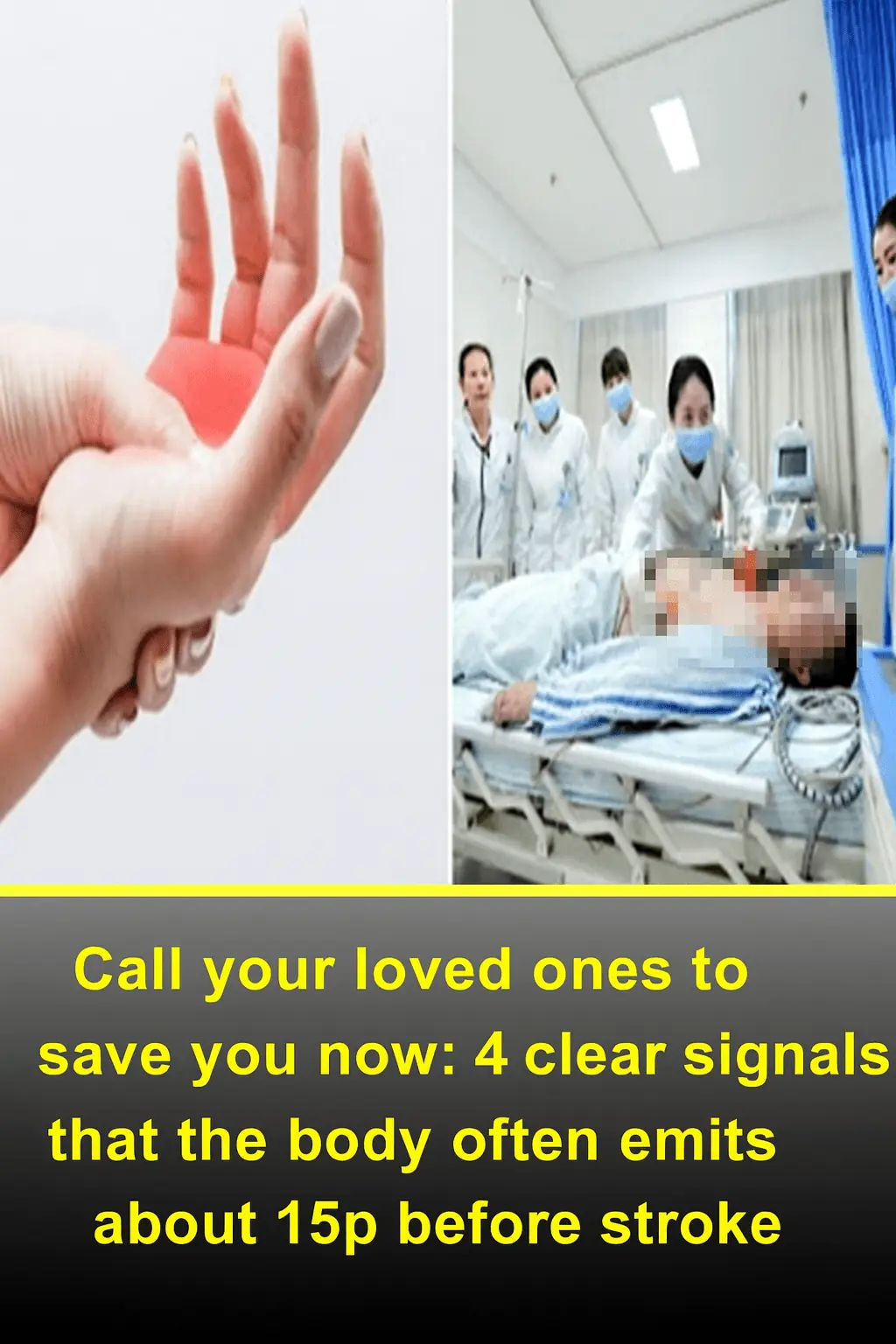
About 15 Minutes Before a Stroke, the Body Often Sends 4 Clear Warning Signs — Call Your Loved Ones Immediately
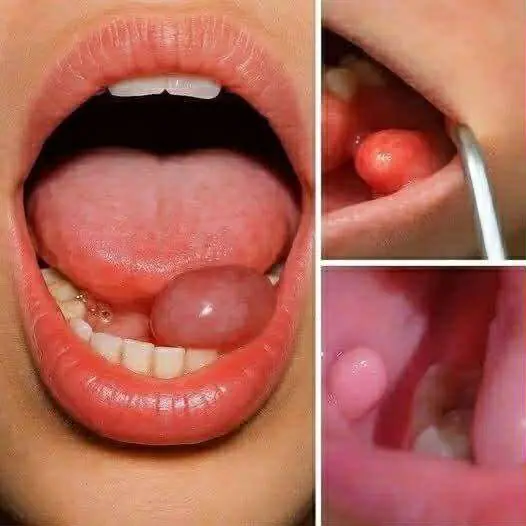
Hidden Dangers in Your Mouth: Early Signs of Oral Cancer
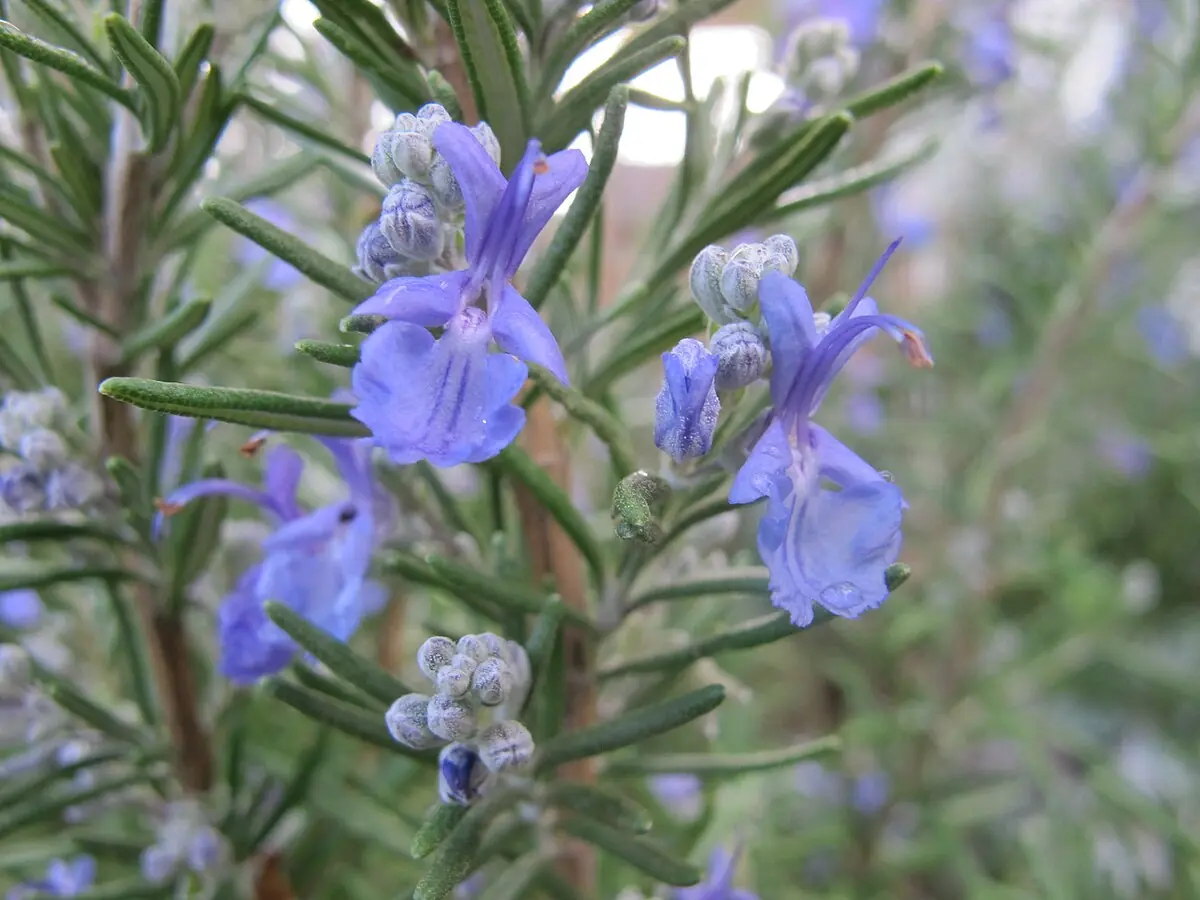
The Secret Power Of The Herb That Helps You Age Gracefully

The Unexpected Benefits of Eating Chicken Feet
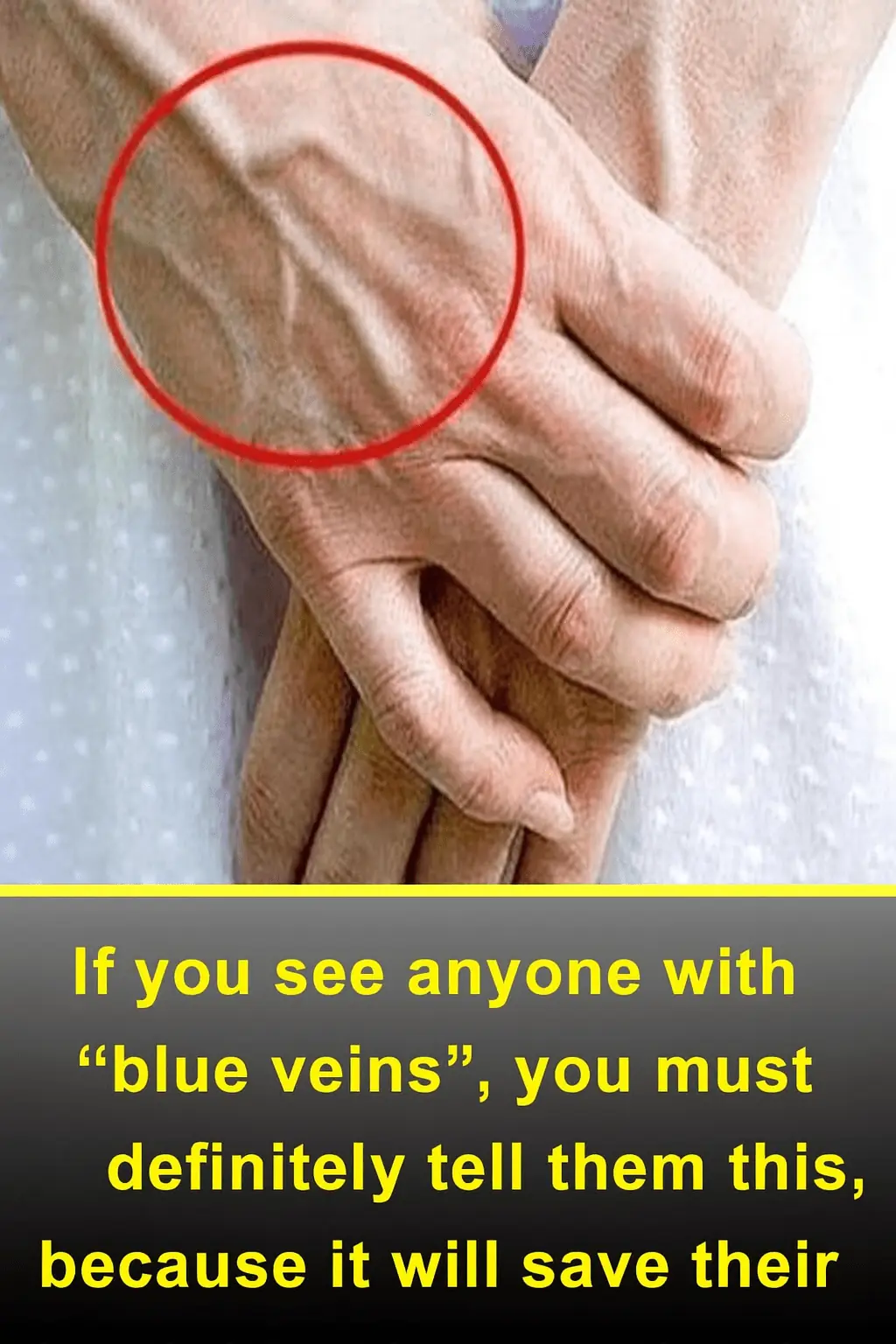
If You See Someone with “Blue Veins,” Tell Them This — It Could Save Their Life

The Secret Power of Two Eggs a Day: Could This Simple Habit Transform Your Health? Buy vitamins and supplements
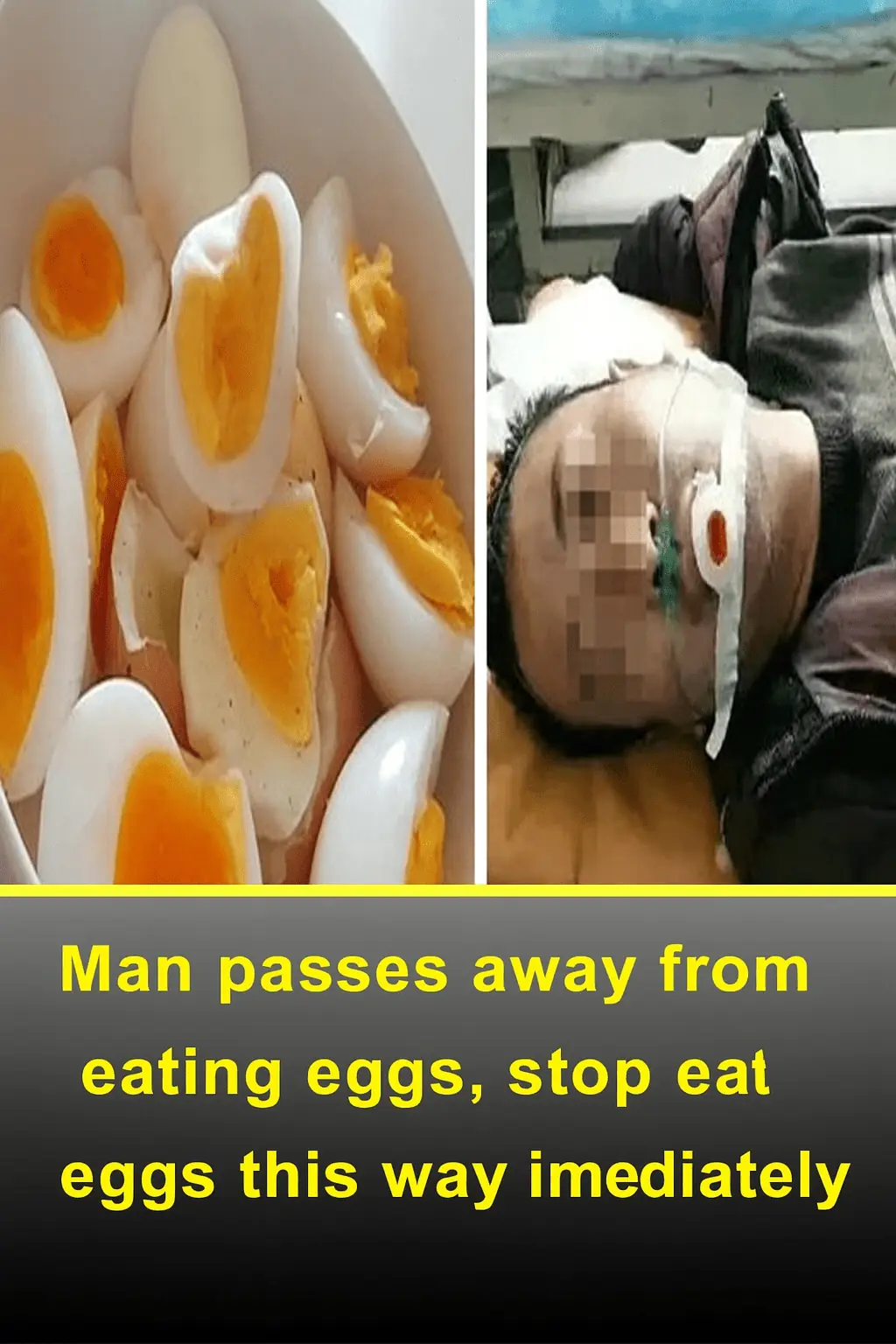
Man Passed Away After Eating Eggs — Stop Eating Eggs This Way Immediately
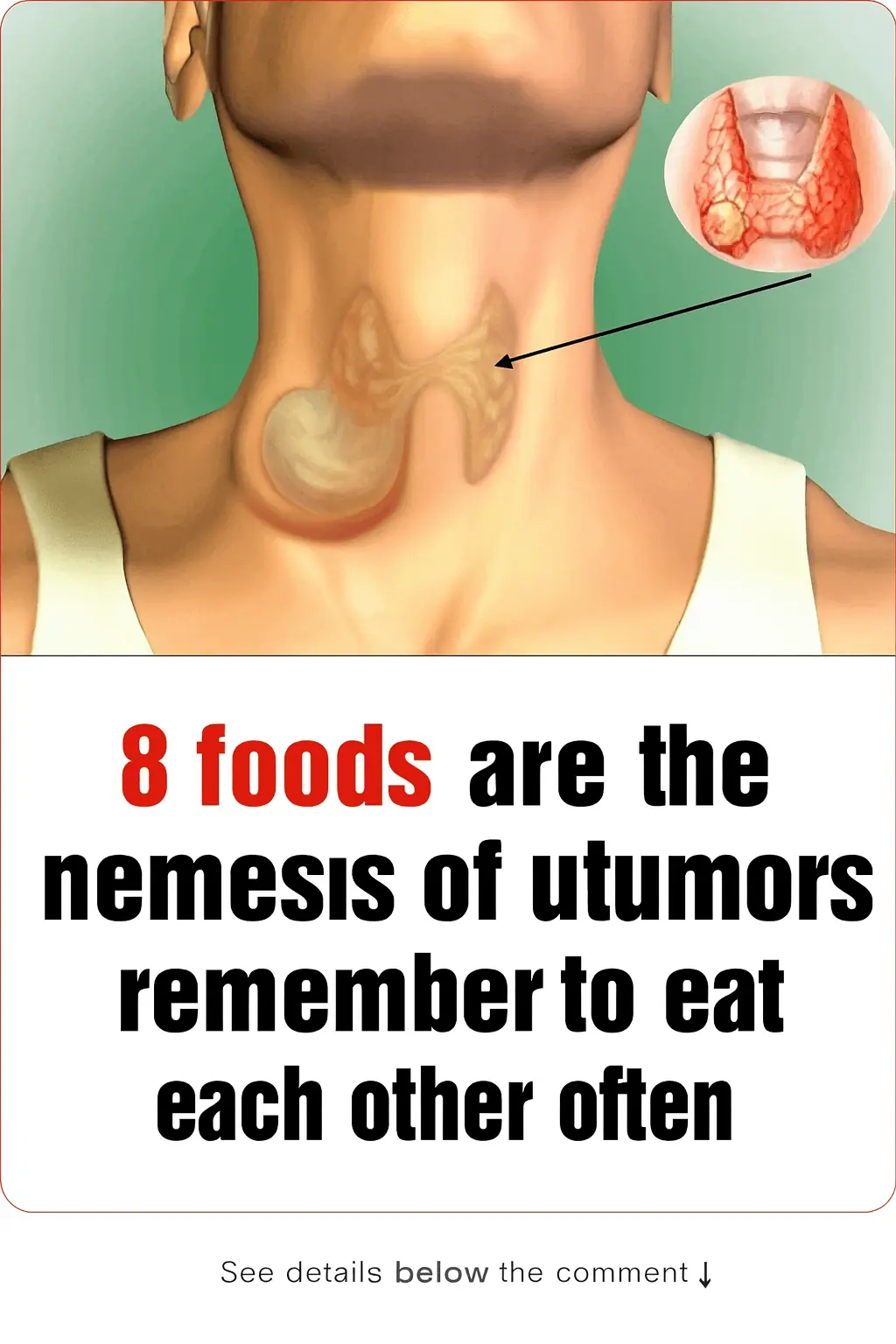
8 Foods That Fight Tumors — Eat Them Regularly

Does Eating Bananas Before Bed Have Any Benefits?
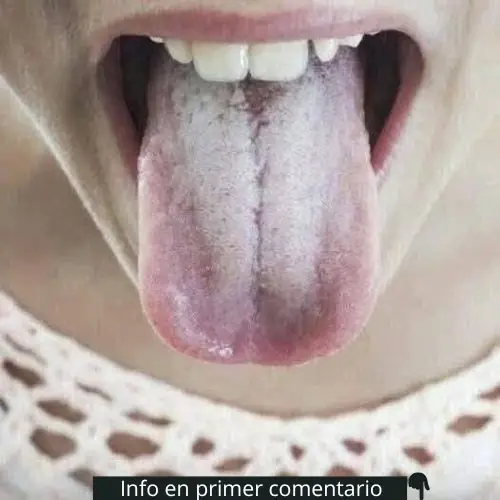
The Tongue as a Health Indicator: Meaning of a Whitish Color

Benefits of Boiled Eggs: Nutrition and Healthy Recipes
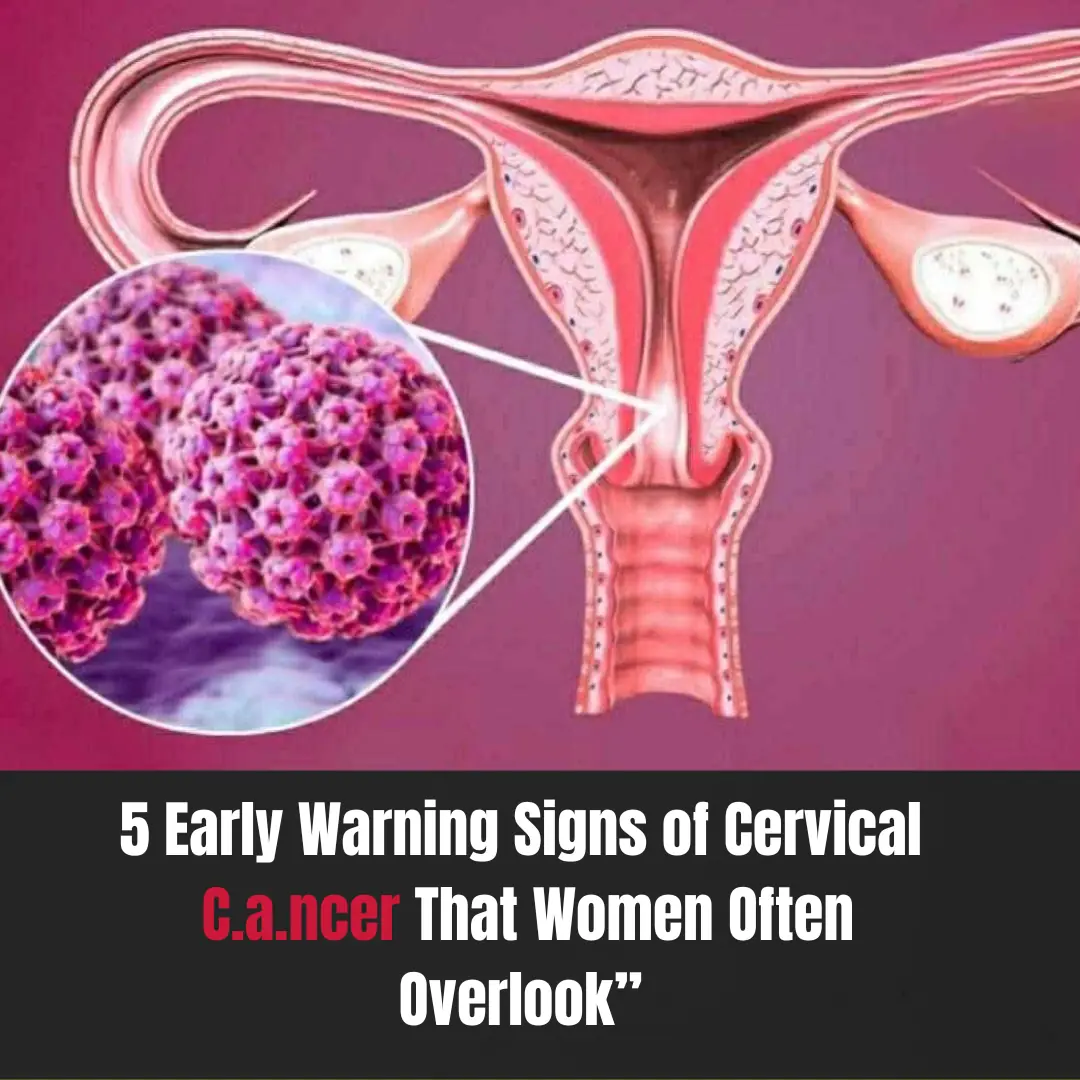
5 early warning signs of cervical cancer

7 Innocent Mistakes That Get Your Kidneys in Big Trouble
News Post

WHAT HAPPENS WHEN WE TONGUE KISS…See more

Nature’s Secret: 4 Healing Leaves That Support Metabolism, Immunity & Circulation Naturally

Don’t Drink Coconut Water Before You Know These 11 Secrets!

Pumpkin Seed Milk — The Natural Parasite Cleanser
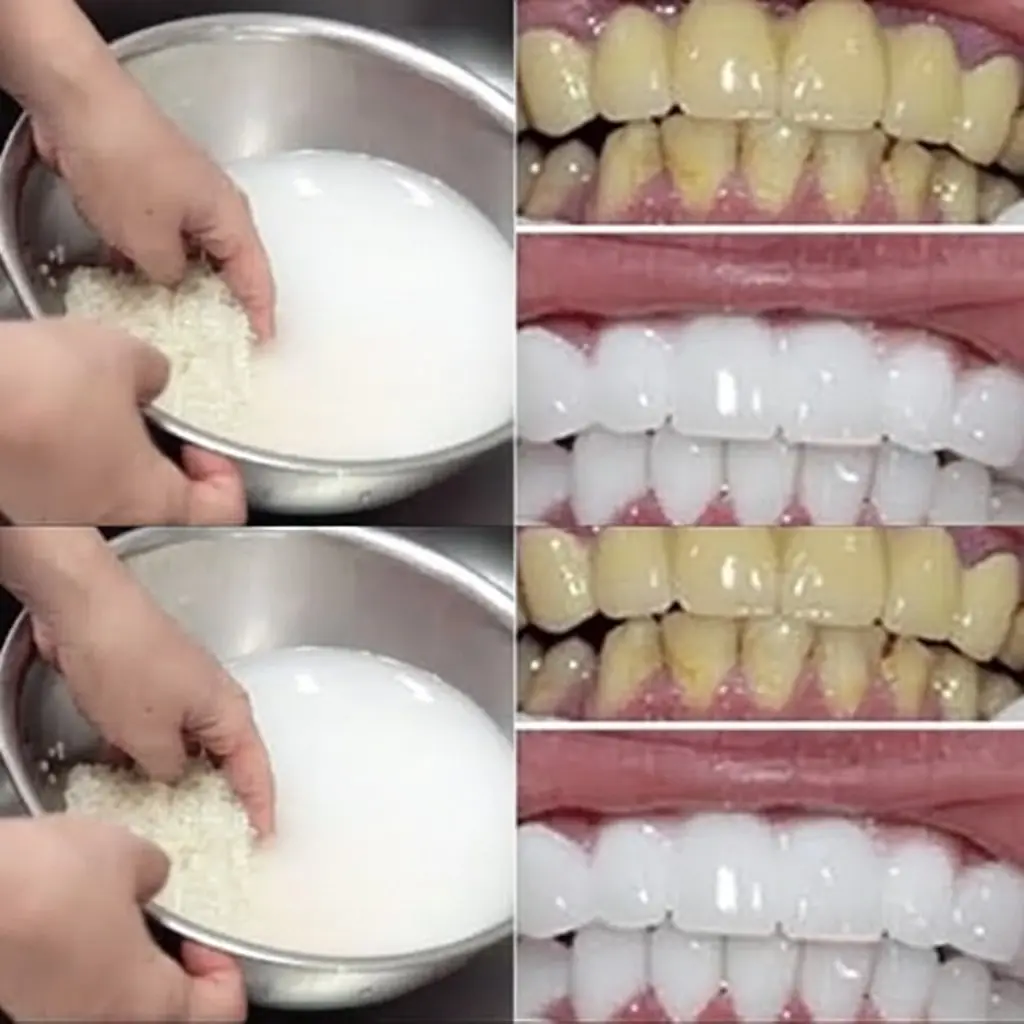
Fast Rice Water Trick for a Brighter Smile

Morning Drink to Revive Your Kidneys Fast
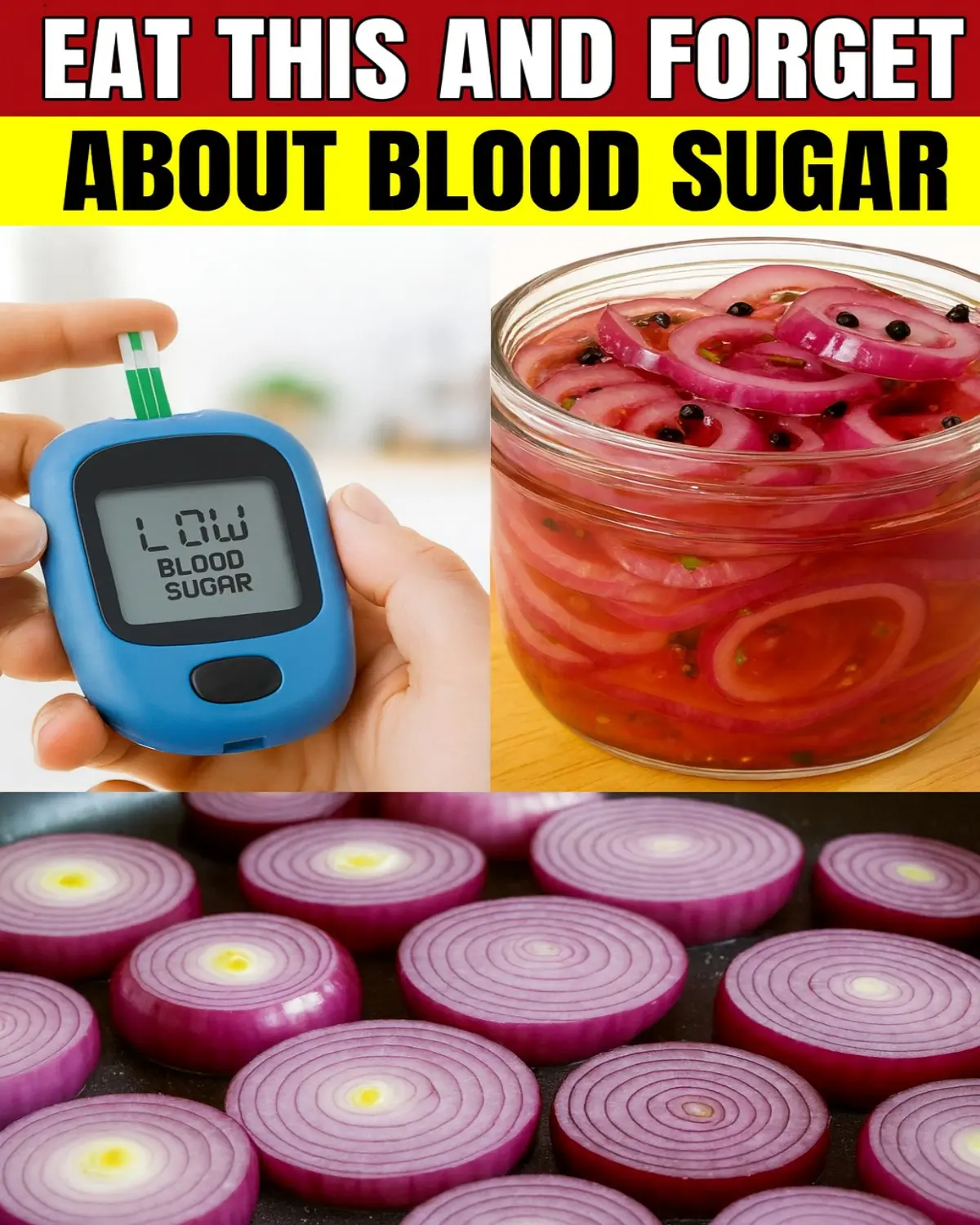
The Onion Recipe That Could Transform Your Blood Sugar, Support Cleaner Arteries, and Protect Your Heart!

Top 4 Fruits That Help Your Kidneys Flush Out Toxins While You Sleep

Ginger, Clove, and Honey: The Natural Trio Your Body Will Thank You For
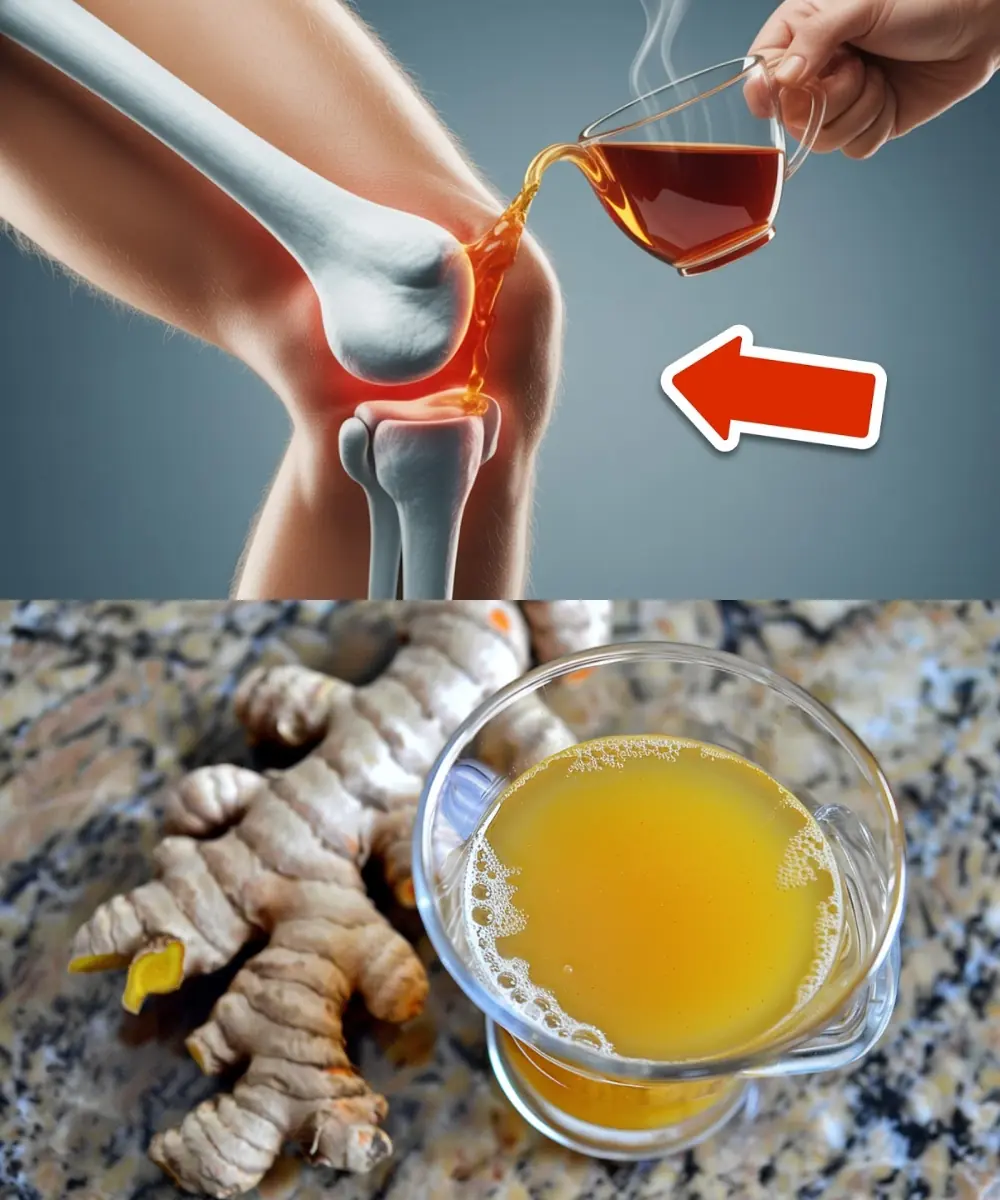
Heal 15 Years of Joint Pain Naturally with Turmeric and Honey Tea

This Juice Revived My Grandma’s Energy — Say Goodbye to Fatigue and Body Pain with This Natural Recipe

The Benefits of Eating 2 Boiled Eggs Every Morning: Transform Your Health!

If Your Kidneys Are in Danger, Your Body Will Send You These 8 Signals — Don’t Ignore Them

The Surprising Effects of Avocado on Your Heart and Brain

Ways to Get Over a Man Who Didn’t Value You
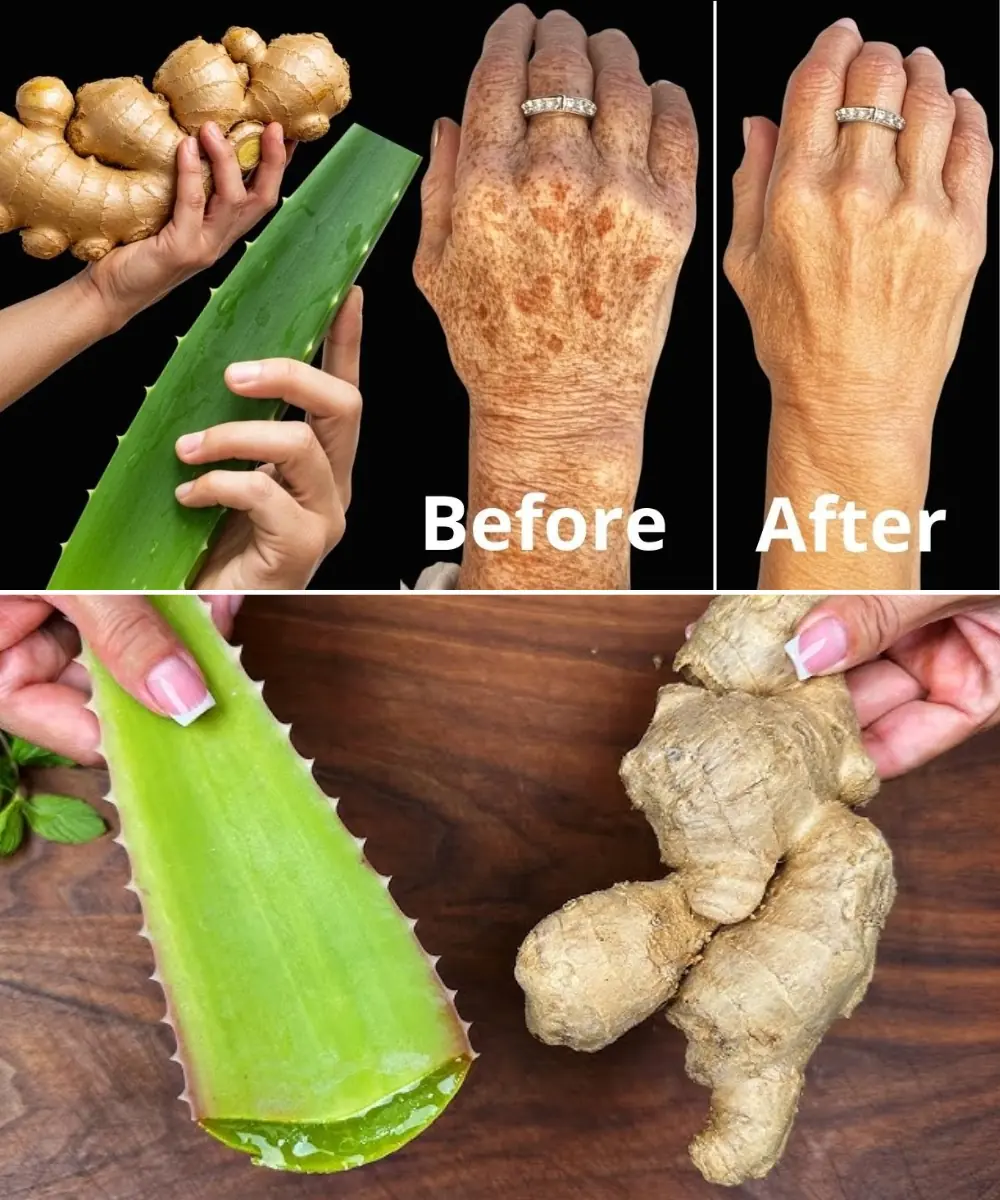
I’m 66 but Look 36 — My Secret? Aloe Vera & Ginger for Firm, Smooth Skin
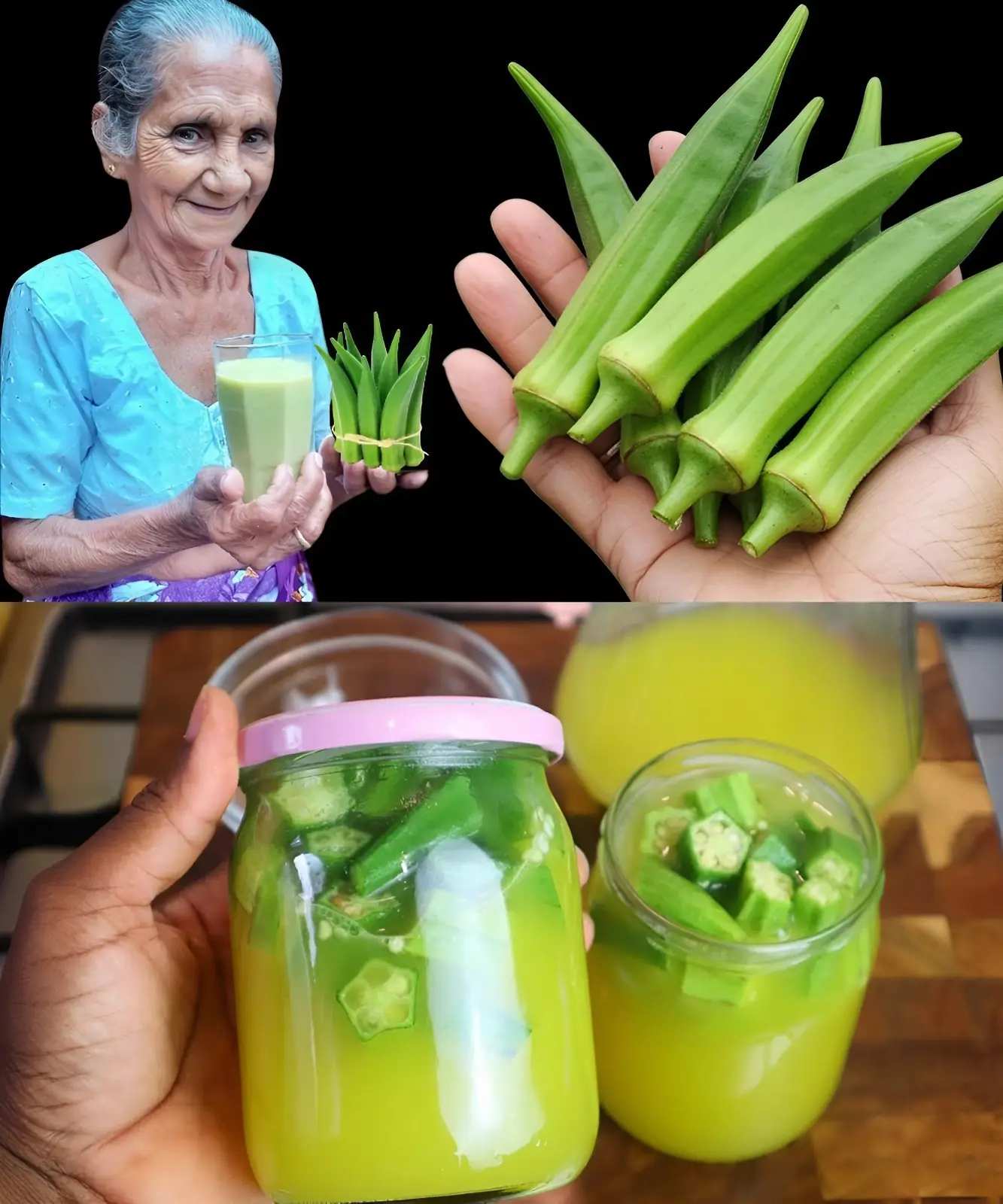
How to Make Okra Water to Treat 17 Health Problems Naturally
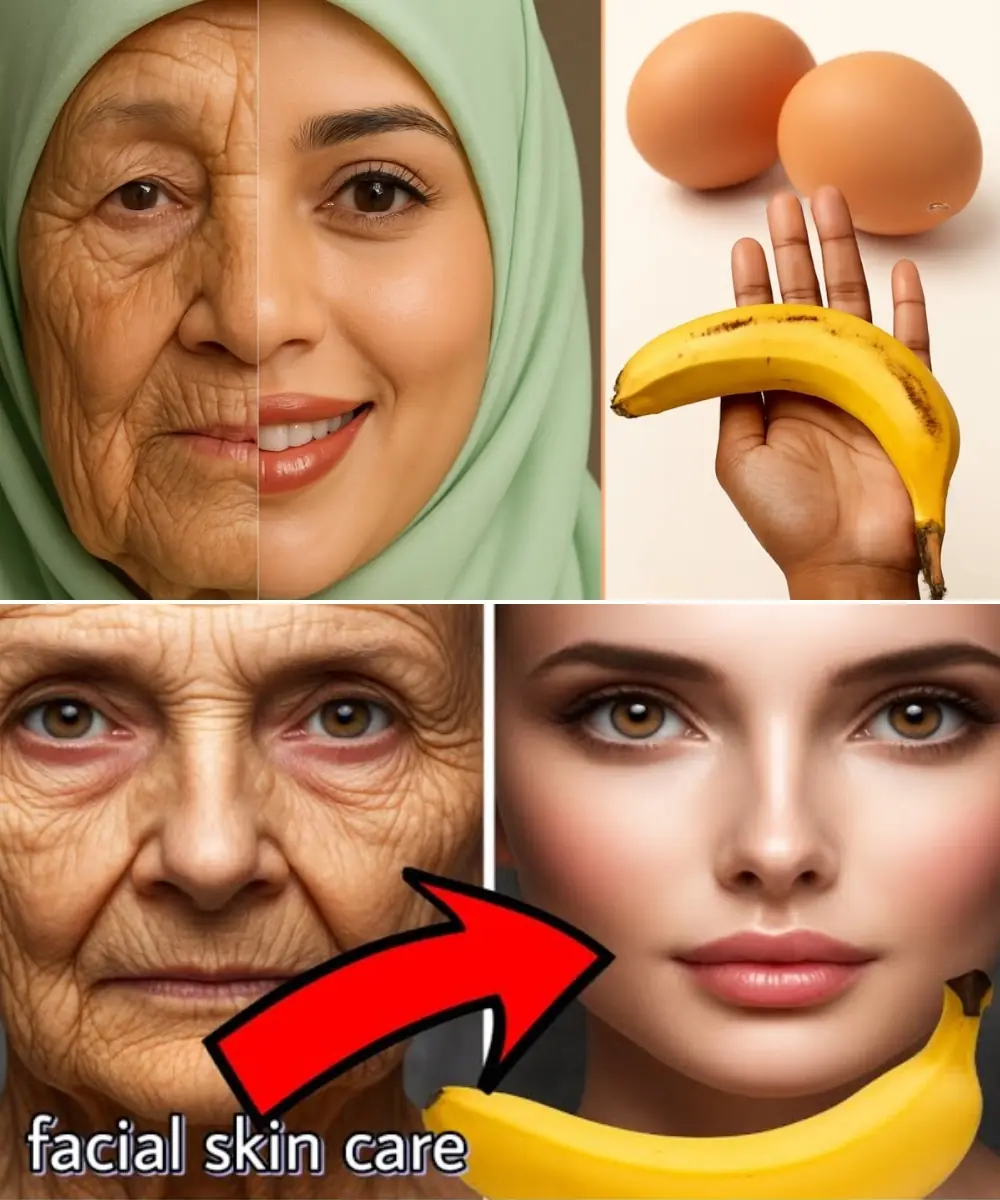
Banana and Egg Mask to Look Younger Even in Your 80s
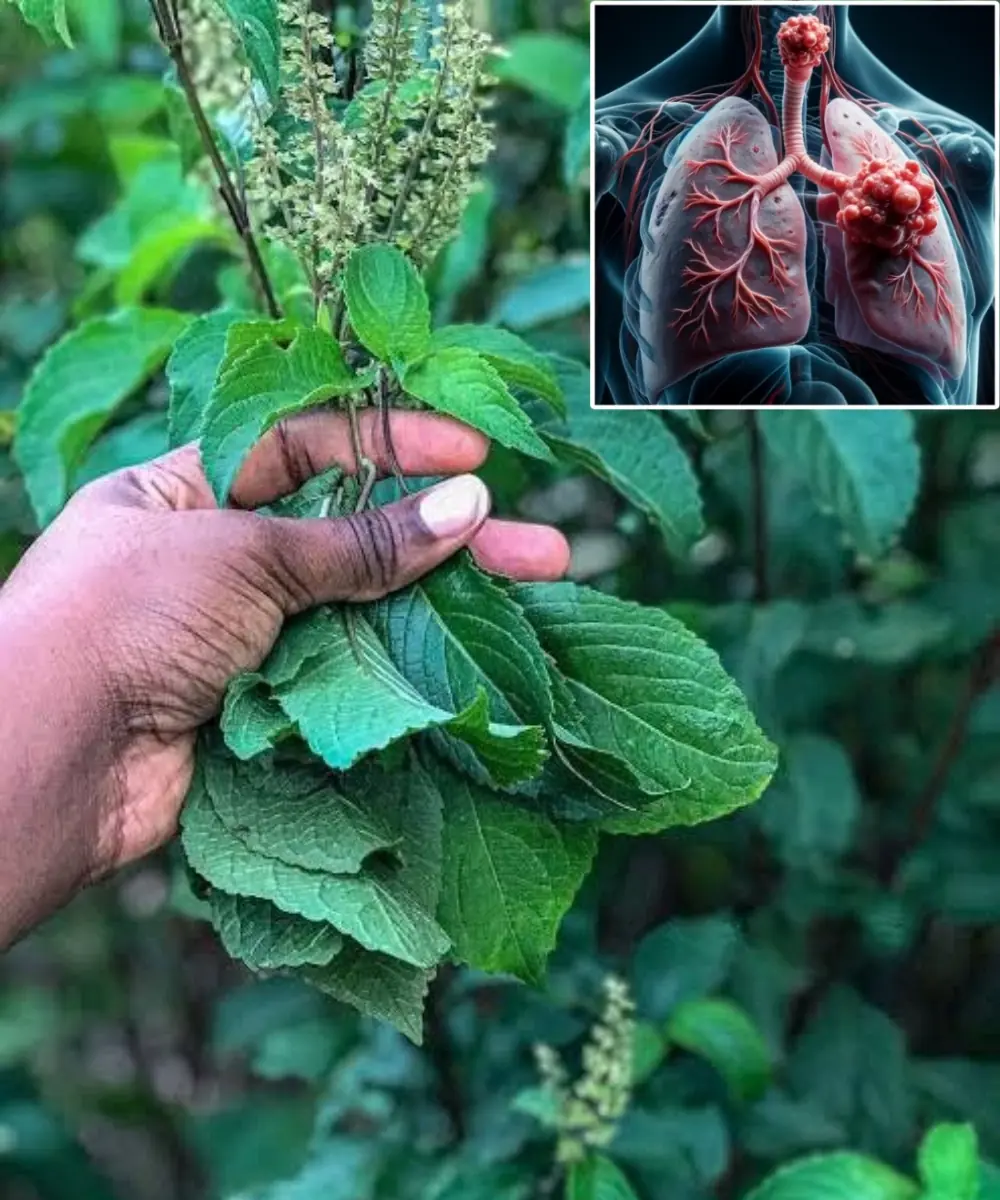
Scent Leaf Secrets Unveiled: 10 Surprising Health Benefits of This Miracle Herb
